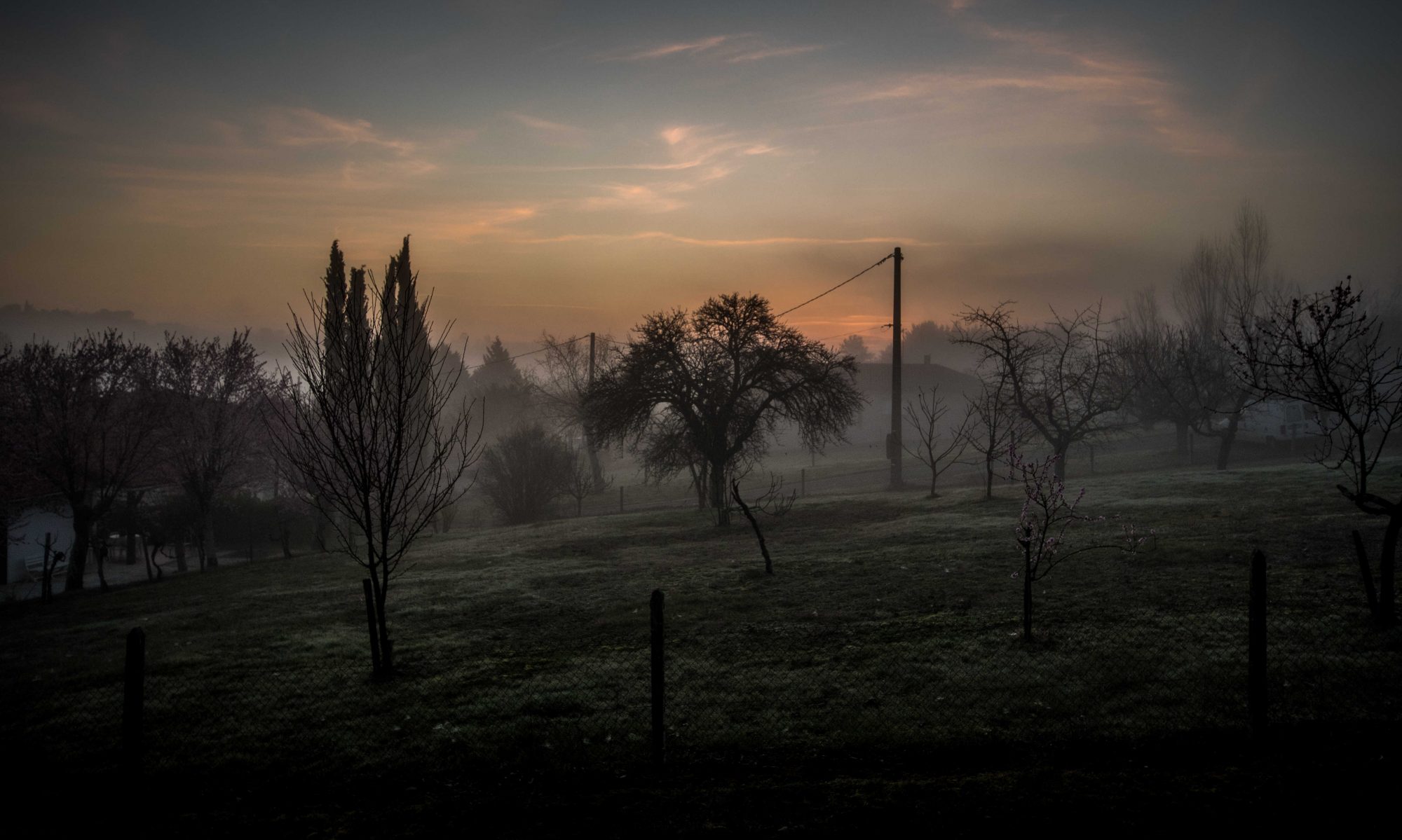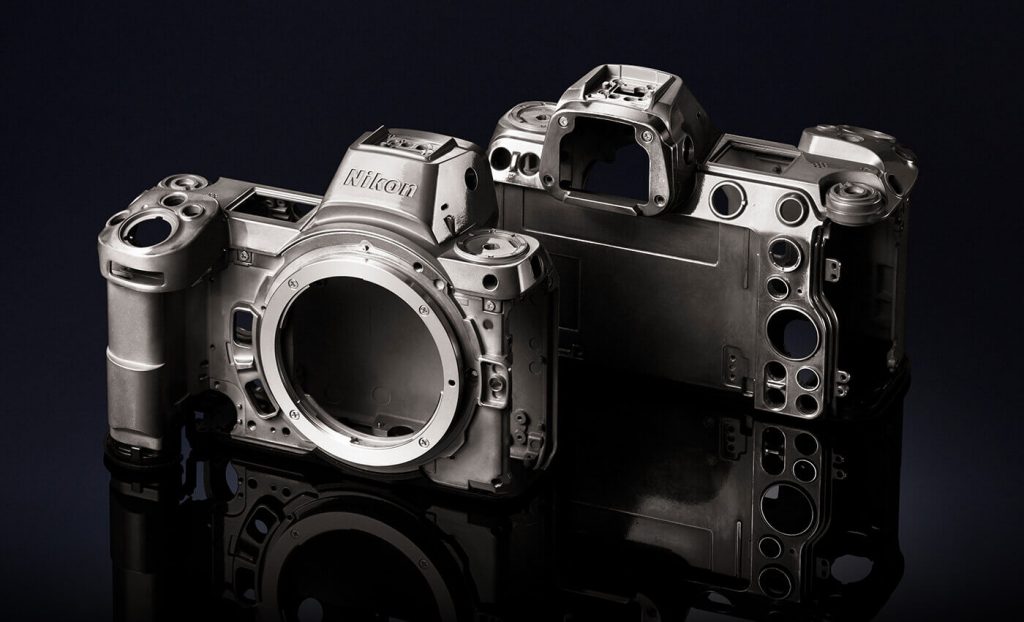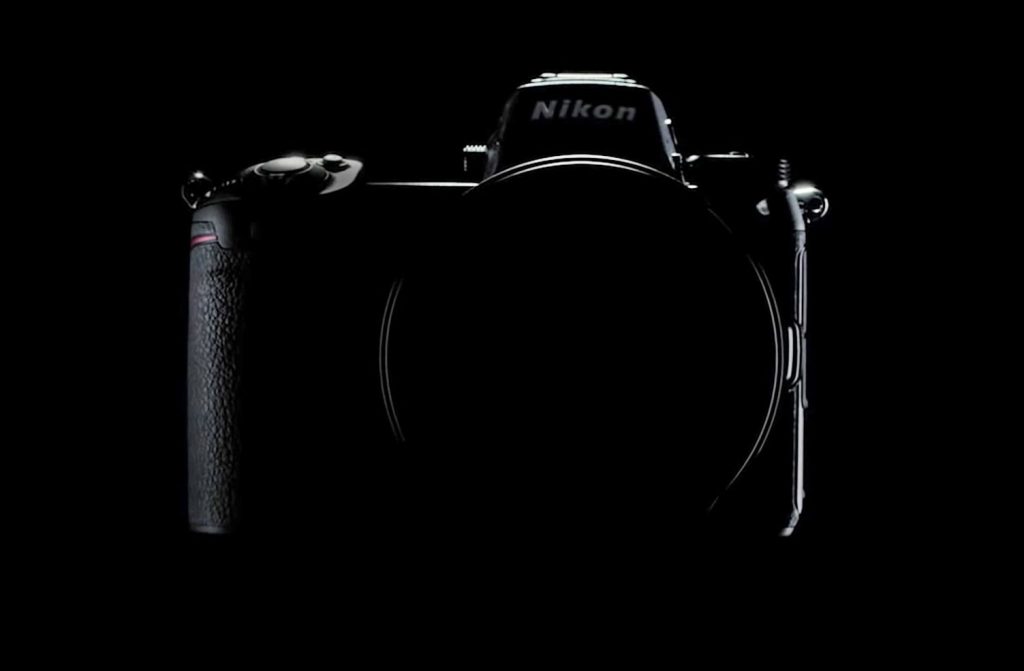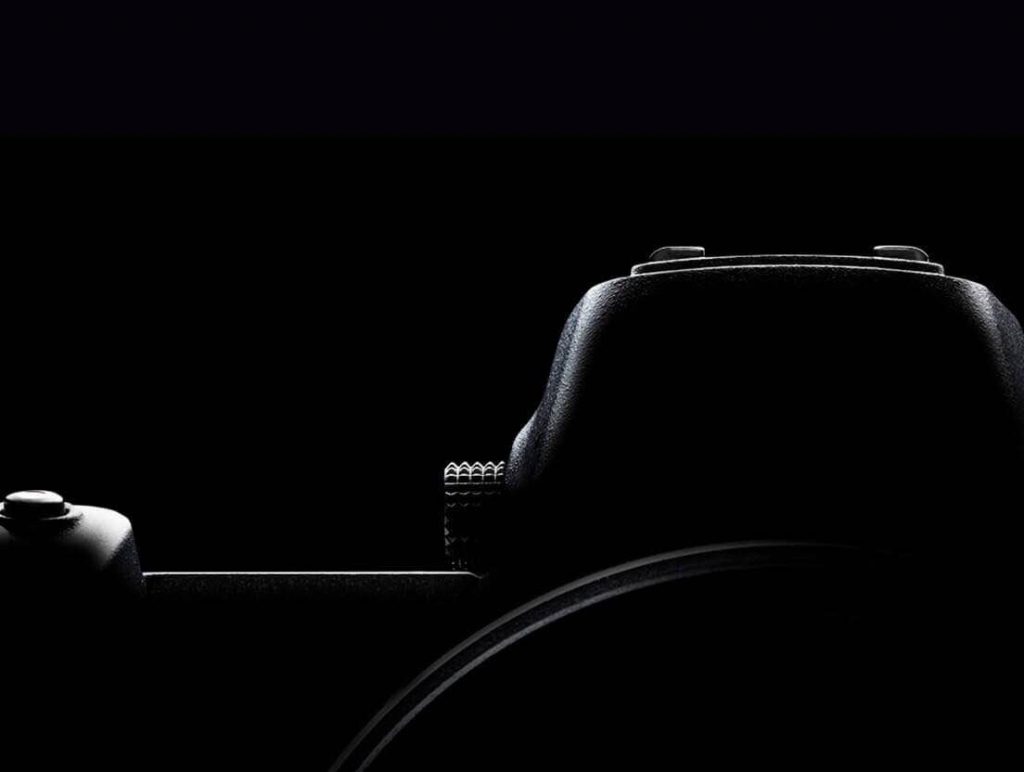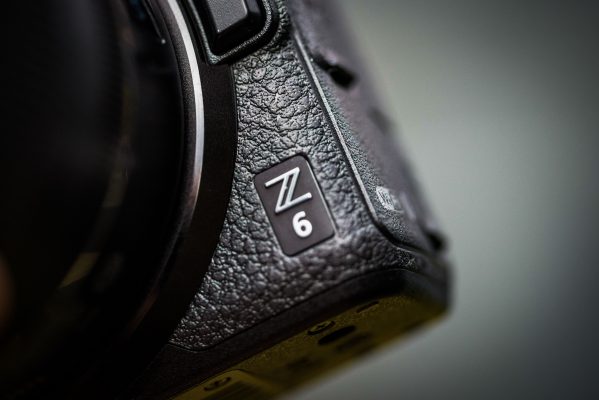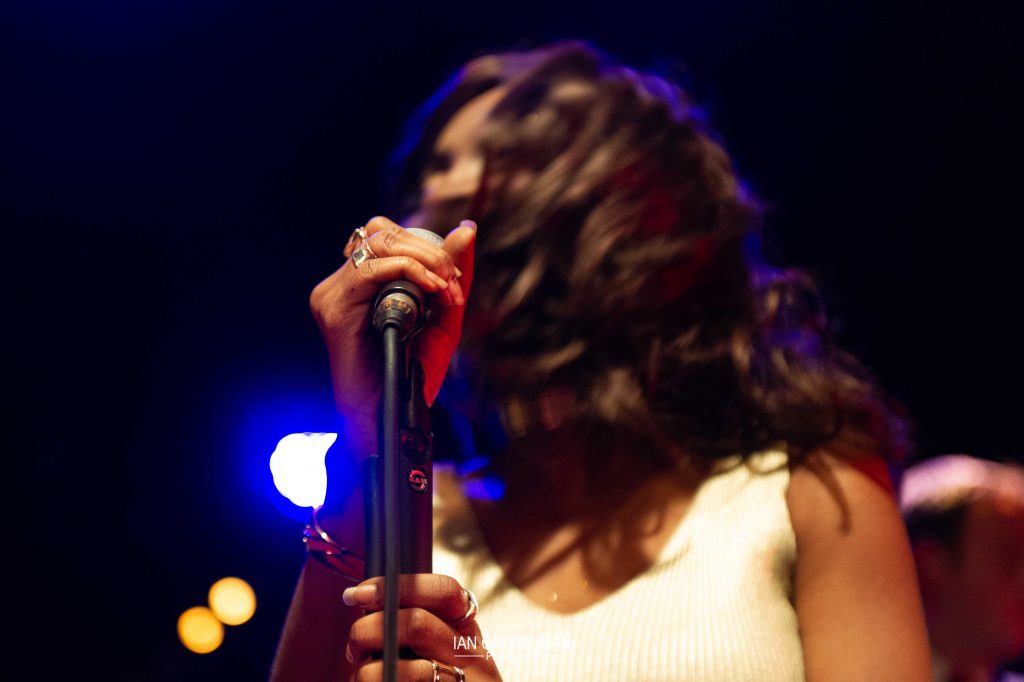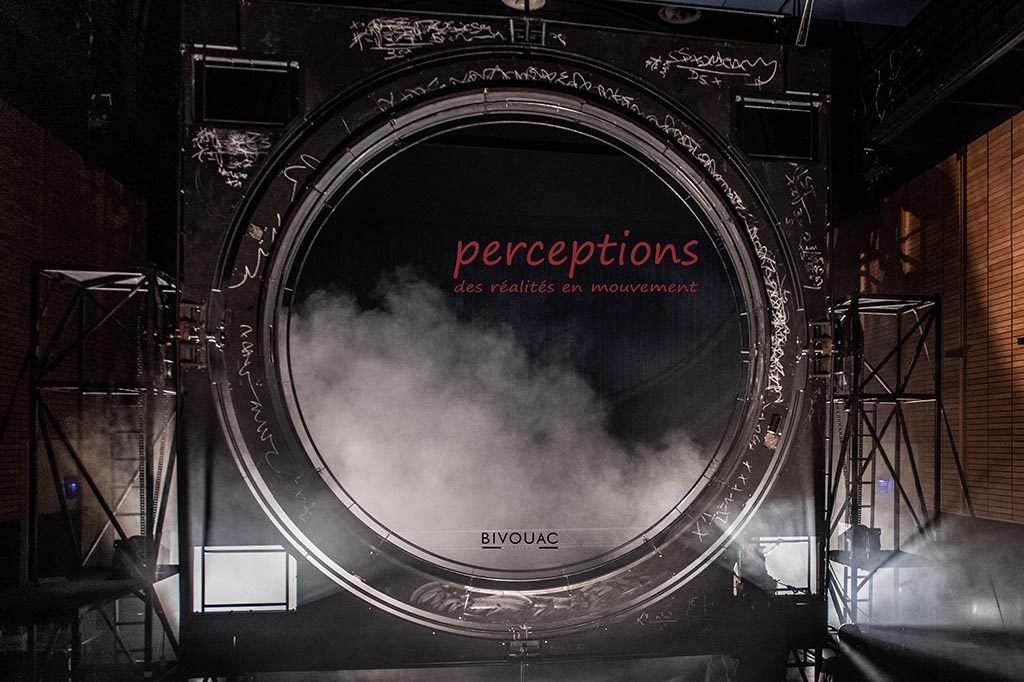
Flying Colours
I’ve finally been able to put the Nikon Z6 through it’s paces at a real performance – and it certainly lives up to expectations (thankfully!)
This week at CiRCa we were treated to a single performance of « Reflets dans un Œil d’Homme » by the company Le Diable au Corps. This is a spectacle that I had covered back in 2016 when the company were in Auch during the creation of the piece. CiRCa then used some of my work to make the cover of the 2017 programme (and huge posters all over the place – nice to see ones work appreciated)
I’ve been looking forward to this performance as it was the first where I would be able to see just how well the Z6 handled low light and no noisy shutter – particularly as I was surrounded by more than 300 paying spectators!
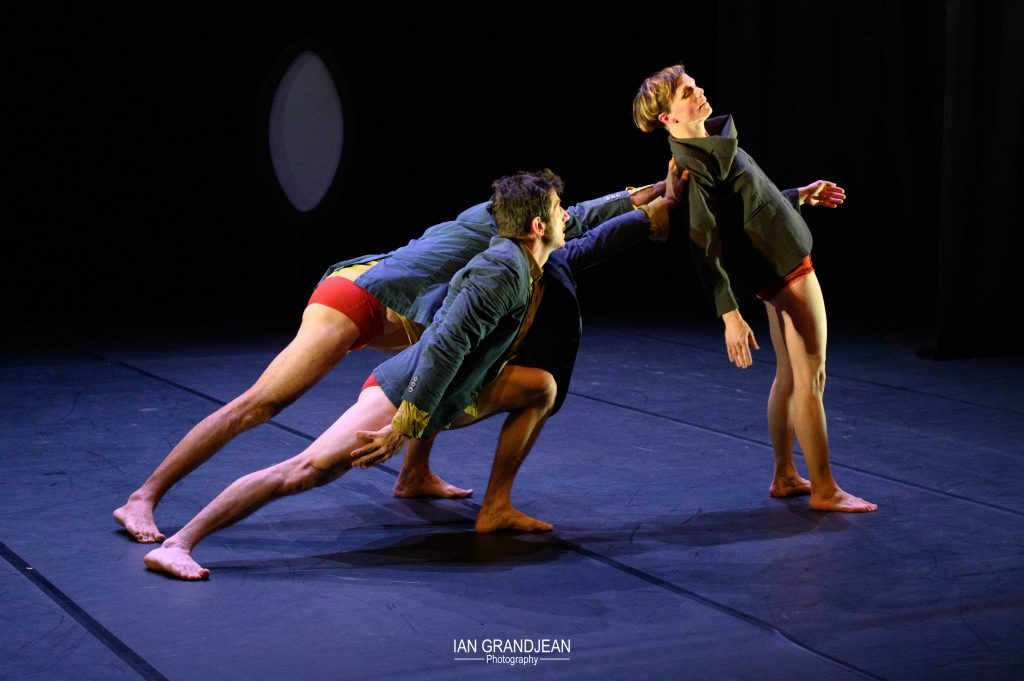
I think it’s fairly obvious that the camera works! This image was at 6400 ISO and even blown up quite large shows only a little noise. In terms of the actual taking of the picture, there was no noise at all – and the only thing that really gave the game away to the people around me in the audience was the fact that I was moving tthe camera to frame the shots.
I’d love to be able to try this with the lenses developed for the Z series cameras – but that is going to have to wait a while…!
Progress….for a price
Information technology advances at an incredible rate and this inevitably involves shelling out a lot of cash on a fairly regular basis – not to evolve, but just to keep up…
This came to mind with the latest group of updates for the ADOBE Cloud suite – warnings of « Your system is old, a bit like you, and you need to update it » flashed up on the screen. It transpires that my iMac from late 2009 won’t take the most recent Apple macOS Mojave, and so the latest updates for Photoshop and Lightroom can’t be applied. Frankly this doesn’t change a lot for me in that I’m quite happy with the processing power of my machine, for the most part, and the latest updates bring things that I’ll never use. However, it worries me in the long term, as I feel sure that Adobe will only keep the older software alive for a finite time – and this is very important to those of us using the ADOBE Cloud suite (Photoshop, Lightroom etc.) – and when they disappear from their servers one day, I’ll be up a famous creek…
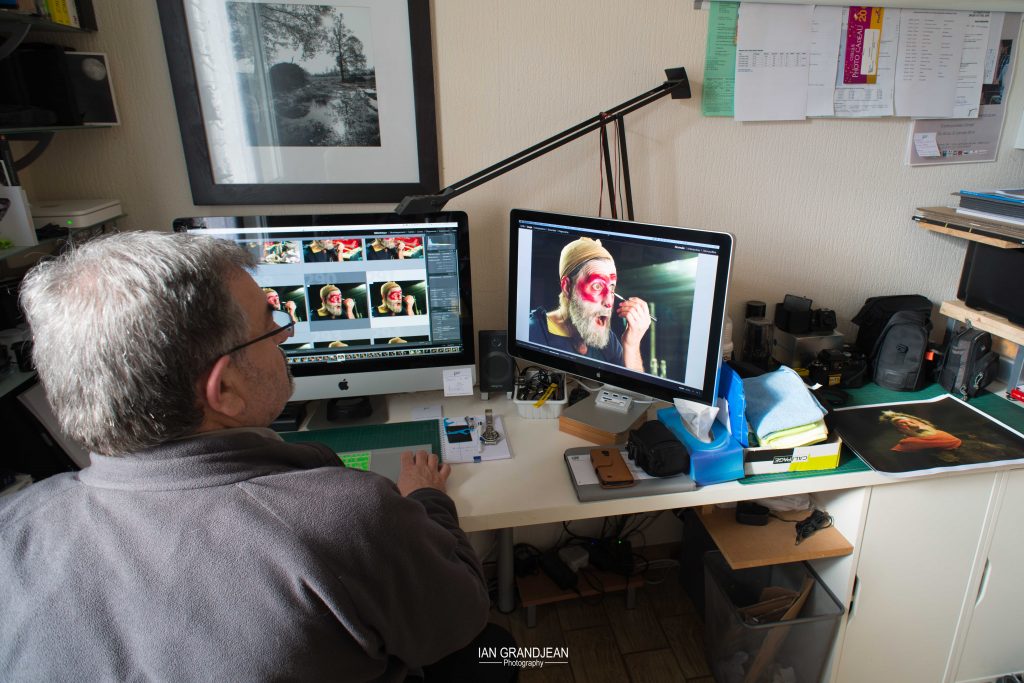
There is, it seems, a way to use the iMac as an external screen – which means that I can update the hardware (with a mac mini for example) but still have the advantages of a large 27″ screen. The mac mini is not exactly cheap at 899€ but it’s a whole lot more interesting than a new iMac at over 2000€.
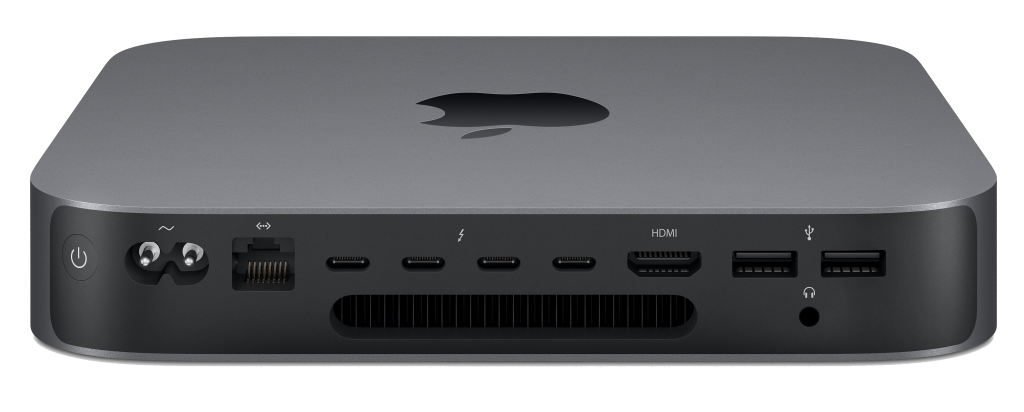
There are ample ports to attach just about everything I could ever want, and with WiFi and Bluetooth the possible connections increase (Wireless keyboard, mouse etc. ) and although the inboard SSD is relatively tiny (128Gb) the Thunderbolt ports/USB3 are sufficiently fast to simply add a cheap external box with a 500Gb SSD to increase the disk size.
The 2x4Gb RAM can actually be changed easily in this model, and with a maximum of 64Gb it’s just a case of waiting until the RAM gets cheaper before increasing the capacity.
A cheap Thunderbird (USB-C) to Mini-Display port cable will link the computer and the screen, so I could be up and running with a ‘modestly’ future-proofed (Latest macOS and ADOBE Suite) setup for a not too exhorbitant price – now all I have to do is find the money…
New Arrival
Well ‘it’ has arrived…and I have (obviously) been playing – too early to really put it through it’s paces in a ‘working’ environement but that will happen on the 18th of December when I am photographing a performance here in Auch at CiRCa.
‘It’ is the NIKON Z6
First impressions : (This will be updated from time to time)
Excellent build quality – it looks, and more importantly, feels very solid, but light and tiny compared to my other full-frame camera bodies. As a NIKON it maintains pretty much all the button geometry of previous pro- and semi-pro bodies and as such, everything falls to hand (or finger) as a NIKON user would expect.
One of the key reasons I was interested in this camera was the possibility of totally silent shooting – and it works ! With the added caveat that the images can also be prevued in the viewfinder – this is a HUGE advantage for me and the work I do photographing theatre/circus performances where a clicking camera is an enormous disadvantage. I rarely actually look at images once I have pressed the shutter button, but sometimes it’s nice to be able to check the settings, which lights up the screen and distracts the people around you…
Another vital aspect of the new system is the fact that, by way of the FTZ adaptor, I can use all my existing lenses on this camera body. The AF-S lenses will all function normally as they have the electrical auto-focus motors built in, but the older AF-D (screw-drive AF) will revert to manual focus.
A lot has been written about the fact that the NIKON ‘Z’ models have only one memory card slot, and that it is the XQD format. So what ? I admit the cards are ridiculously expensive, but I have only in fact ever purchased one (Both the Z6 and my D500 were supplied with a card in the box with the camera) I have yet to experience a card failure, and for the idiots who commented that it was a VERY bad decision for any wedding photographer who wouldn’t be able to back up his images in-camera, I frankly know of no wedding photographer worth their salt who goes out with only one camera body…end of discussion. It seems to me that they probably should have included a second SDXC slot, but this is hardly a deal breaker for me.
It would seem that the body is extensively weather proofed – I can’t vouch for this yet, but I can’t help feeling that this will become more of a regular go-to camera as, for my needs at least, it has everything I use on a regular basis.
The ergonomics are interesting – it’s a lot smaller than the D850, and the only concern I have would be using longer (70-200 for example) lenses in terms of the ‘holdability’ of the setup. It seems that NIKON are developing a grip – the MB-N10 – which will hold two batteries, but also give a couple more centimeters to hold onto and balance out the longer focal length lenses. It’s interesting that the designers have gone back to the older DSLR models with this grip – instead of a series of electrical contacts on the bottom plate of the camera, the grips electrical connections are in a post that sticks up from the grip and goes into the (empty) battery chamber.
The heavy dependance on menus is frustrating, as they seem full to overflowing with all sorts of tweaks and adjustments, although we now have three user programmable function settings on the mode dial which reduces the ‘menu hunting’ . This harps back to the D750 and the D7*** series and I admit that I had my doubts when I first came across this, but in fact it seems to work quite well – I have two basic shooting settings, ‘Normal’ and ‘Spectacle’ – I program the ‘Normal’ (U1) setting as a low ISO AF-C (continuous) AF etc. and the ‘Spectacle’ (U2) setting as Auto-ISO at 6400 ISO.
Instead of hunting through the menus to change the basic shooting settings, it just takes a turn of the mode dial – any other modifications (metering, AF area etc.) will not be kept/remembered if the mode is changed (or the camera turned off) – this basically means that you can also return to your ‘default’ values very easily – and as I spend more time making images than playing with the settings, this is an advantage for me.
The electronic viewfinder is surprisingly good – there is very little lag, and the image is bright and looks almost ‘real’ ( !!) It can be turned on or off in a variety of ways, as indeed can the rear screen, and one nice combination (for me) is that I can turn off the rear screen, and as my eye approches the viewfinder, the viewfinder turns on – this is mostly for reducing battery drain, but for my work surrounded by the public, it means they won’t get distracted by the light from the viewfinder when I move the camera away from my face. One last thing, NIKON have increased the dioptre adjustment on the eyepiece to -4+1 and the opening is very wide, so even wearing glasses everything is very visible and clear.
The virtual horizon cannot be programmed onto either of the two Fn function buttons, which is a pain as it means that to get it to display means scrolling through the ‘display’ button (right of the viewfinder) – this is probably just a case of getting used to where things are in the dark – we’ll see how easy this is. The virtual horizon is not at all like the D500/D850 reflexes where there are a series of blocks to the right and at the bottom of the viewfinder which multiply as the angle changes – this is a huge compass circle in the middle of the screen, so the idea of leaving it displayed is not really practical.
The flip-up/down screen is possibly the most un-used ‘modern’ part of the camera – for me at least. I can see that for some angles it can be very useful, particularly for shooting over peoples heads, so I will probably use it one day – it’s large and bright and touch sensitive which is very useful to preview images (finger swipe) and to zoom-in (pinch) etc.
There is a joystick to the top right of the screen – this can be used for all sorts of things, but principally to choose the AF area by moving a red dot around the screen – with 273 AF points available, and each one selectable, you’re spoilt for choice. I tend to rely on my favourite ‘center weighted’ spot, both for focus and metering – no point changing now as I know how to manage it !
The battery, according to NIKON / CIPA will last for about 330 shots, which, for me at least, is not enough for a whole performance. However, other people testing the camera have been able to manage up to 1100 shots per battery – I think a lot depends on how much the rear screen is used etc. As I always trun mine off, I’m hoping this will increase the number of shots per battery. As in all Lithium-Ion batteries, it usually takes four or five recharging cycles before the battery holds it’s maximum charge – what pople tend to forget is that the decharging cycle should almost drain the battery – recharging after 50% use is not a full cycle.
Pros :
1. The ‘Silent’ shooting mode is PERFECT – it is totally silent (albeit with a tiny bit of AF-S motor noise sometimes) and this is going to be a MAJOR plus point for the kind of work that I do. Really something I have been waiting for in a camera body.
2. The EVF is excellent, not too much lag visible, bright viewfinder with choice of information displayed.
3. The camera body/FTZ adaptor kit that I purchased was supplied with a 64Go SONY XQD card.
Cons :
1. No dedicated memory card format buttons – this means that to format the card after a shoot, one has to delve into the menus
2. The rear buttons are not backlit (second detente on the on/off collar around the shutter button on recent Nikon camera bodies) – this is in no way a major defect, but it would have been nice.
3. It is impossible to assign ‘Silent’ shooting mode to a button – which means that to turn it on, either it has to be programmed onto one of the U1-3 selections, or you have to hunt through the menus to turn it on. It turns itself off with the camera – which means you have to turn it on again once the camera restarts.
4. Impossible to program the virtual horizon onto an Fn funtion button – and the display is HUGE – would have been more useful if it was like the D500/D850 version.
Teaser 3…
Teaser 2…
Teaser…
Change of direction
I’ve been doing a bit of soul searching recently, and I’ve come to the conclusion that I no longer really enjoy photographing live concerts at the Cri’Art. This has nothing to do with the subject matter, more the venue itself.
I’m in a unique position in that as I actually work there, I have an almost unlimited access to the concert area. Sadly, the visual aspect of what I do doesn’t seem to interest the people I work with there – after all, everyone with an iPhone is a photographer nowadays, so my concerns regarding the pitiful attention paid to lighting the artists are completely ignored, which makes my job as a photographer quite difficult.
The last concert I covered was « The Excitements » who sadly seem to be on their Goodbye tour – the group will split up at the end of the tour.
So I’m going to concentrate on my work at CiRCa – this should be made easier by the arrival of my « new toy » (see previous posts) in the next few days – and this will also will mean that I will be able to cover more live spectacles than I have been able to up until now. It’s extremely frustrating being surrounded by an audience who have paid their places, and are ‘obliged’ to hear the ‘click- click’ of a camera mechanism. Soon to be a thing of the past.
We’re off to see ‘Chris‘ in Toulouse in a couple of weeks time, thanks to my daughters- no problems regarding a camera there – I’m not allowed in to the Zenith with one!
2019 Wish List
I like to have a project in hand, something to plan, something to look forward to, and for my 2019 Wish List there’s actually only one item (Well, two, but they’re linked)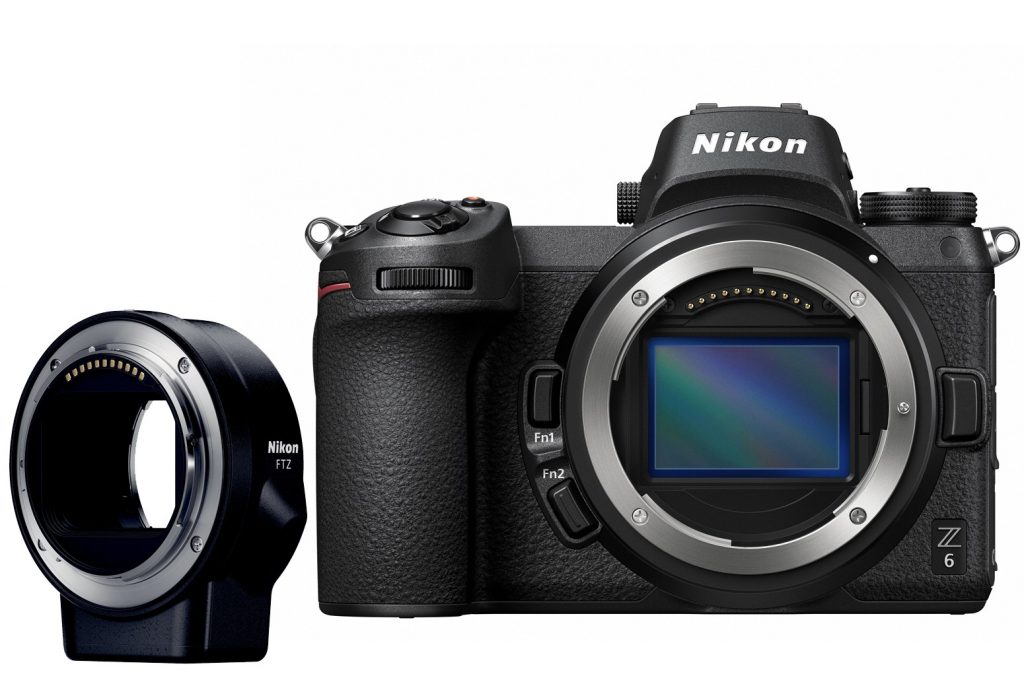
This is the new ‘Mirroless’ offering from Nikon – there are in fact two, the Z6 and the Z7 – I’m interested in the Z6 which is the cheaper of the two models. But more importantly for me, it has LESS mégapixels which means….better low-light sensitivity. (The other thing in the photo is just an adaptor to use existing Nikkor lenses with this camera which has a new lens mount)
So why is this so important, and why am I trying to get people interested in a Christmas/Birthday/Christmas present idea?
Well it’s down to the kind of photography I do – a lot of it involving extreme situations – both with a total lack of noise, but also very little light. This camera would solve one of the huge problems I have when I’m photographing live performances – the noise of the shutter mechanism.
As these new cameras have no mirror, there’s a whole lot of internal mechanism which simply doesn’t exist anymore, therefore reducing the actual noise of the camera – in addition, there is an supplementary electronic shutter, designed to be used in low-noise situations, which would be a huge help to me.
I’m now trying to ‘unload’ two of my existing camera bodies, and with a bit of luck, and some serious begging, sometime in early 2019 I should have enough cash…
Cie Bivouac
The company Bivouac are based in Bordeaux, and we’re used to seeing them arrive with huge structures on which they perform their particular kind of magic.
This year is no exception – Maureen Brown, with the help of the other founder members of Bivouac, Maryka Hassi and Ben Lissardy, has imagined a huge ‘portal’ strikingly similar to the portal in the TV series Stargate. When I heard that they were coming to Nérac, an hours drive from Auch, for a two week residence, I managed to get myself invited to go and see them (well, they are friends of mine!).
The portal is pretty impressive – at 10m high…
They will be back in Auch at CiRCa next June to put the finishing touches to the spectacle before the opening night. Can’t wait to see it finished.
